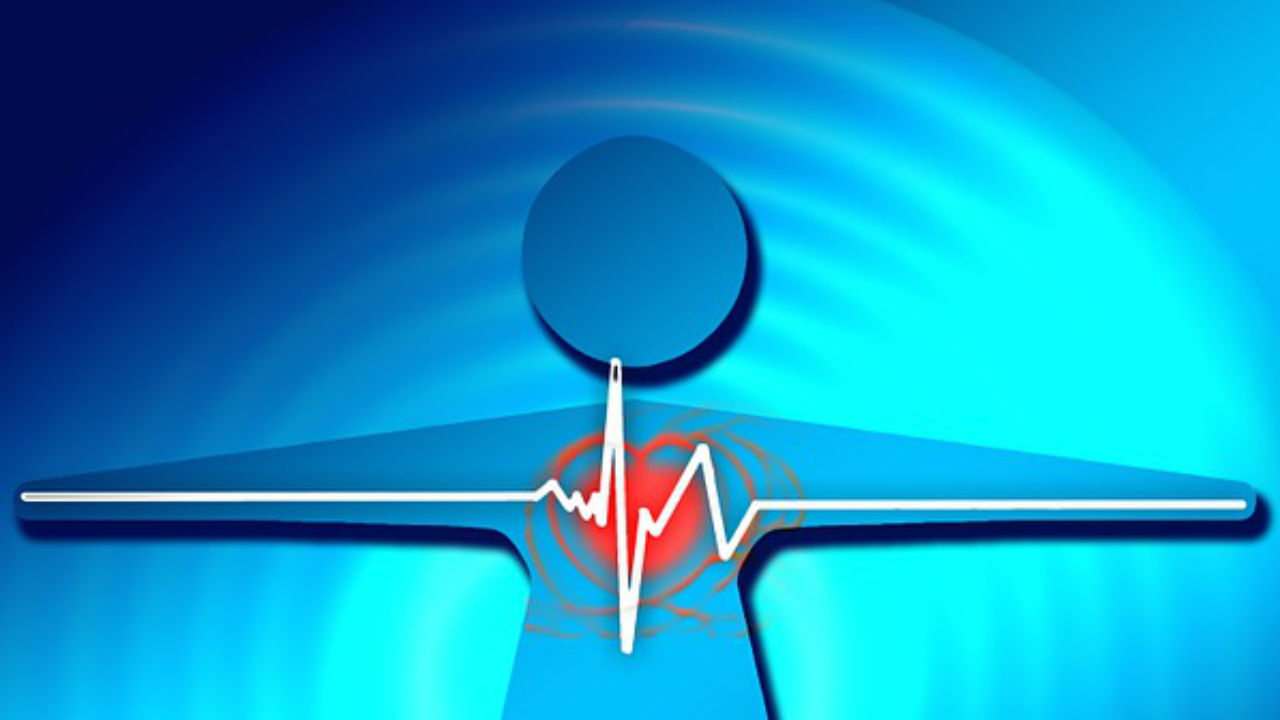Written by Loren Grush
When a patient suffers from acute lung failure or a blocked airway, their blood needs oxygen – and fast. Without enough blood flow to the heart and brain, he or she can suffer from cardiac arrest or massive brain damage.
But often times, the complex machines needed to keep blood oxygenated are not so readily available. So what if there was a temporary fix for patients who need oxygen in a hurry?
That solution may well be on its way. A team of researchers at Boston Children’s Hosptial have developed tiny, oxygen-filled microparticles that can be injected straight into a person’s veins in order to quickly oxygenate a person’s blood, giving doctors or paramedics more time to perform more complex life-saving procedures.
According to Dr. John Kheir, of the department of cardiology at Boston Children’s Hospital and the study’s lead author, the motivation to design these microparticles came to him after a tragic incident occurred with one of his patients in 2006.
“I was taking care of a cute redhead girl in ICU who had severe pneumonia,” Kheir told FoxNews.com. “She didn’t have a breathing tube at the time, and all of a sudden she had a pulmonary hemorrhage – when lung tissue gets damaged and actually erodes into the pulmonary arteries.
“Her lungs filled up with blood and she went into cardiac arrest,” Kheir continued. “So we put her on an ECMO machine… [which] removes blood from the body, transfers it to a machine that exposes it to oxygen and then puts it back in the body. We were able to get her onto that machine, which requires a surgical procedure. So that took about 25 minutes, but during that time her brain was very deprived of oxygen and it was severely injured.”
While pulmonary hemorrhages happen very rarely, Kheir realized that many patients could benefit from a temporary method for restoring oxygen that’s less invasive. After working with various chemical engineers, six years later Kheir and his team have developed their microparticles that successfully restored oxygen in the blood of mice.
The tiny “bubbles” consist of a single layer of fatty molecules called lipids that surround an even smaller pocket of oxygen gas. Delivered in a liquid solution, the particles can be injected straight into the bloodstream without causing a deadly air embolism – in which a large bubble of gas blocks blood flow in a vein or artery.
“We packaged the gas within small particles,” Kheir said. “It creates a lot of small particles rather than one large gas bubble, which allows them to disperse and break apart and navigate capillaries and arties. The second thing it does is increase the surface area to volume ratio, so it allows for a huge surface area for the gas to transfer. It brings oxygen into very close proximity to red tissue and red blood cells – a very rapid transfer.”
After injecting their microparticles in mice, the researchers saw that the animals’ blood-oxygen levels became normal within seconds. To test how their microparticles fared in a more dangerous scenario, Kheir and his colleagues completely blocked the mice’s tracheas and immediately injected the particles. The mice stayed alive for 15 minutes without taking a single breath.
While this feat is extraordinary, Kheir noted the microparticles should only be administered for a limited period of time – between 15 and 30 minutes.
“We limited it to 15 minutes for a reason,” Kheir said. “The particles don’t really exchange carbon dioxide at all. Carbon dioxide is normally carried in the plasma. Most patients don’t die from high carbon dioxide, but they definitely die from low oxygen. It’s only intended to stabilize patients for a period of time while another procedure is being done.”
According to Kheir, numerous lives could potentially be saved if their invention is made for humans. For example, if someone has drowned and needs oxygen on their way to the hospital, a quick injection could prolong their life for another 30 minutes.
“The drug could be stored in bags or syringes and administered on a semi-continuous basis,” Kheir said. “Our vision for this is that this drug would be stored on emergency carts all over the hospital and even outside the hospital in an ambulance. Any time a patient is really, really sick for any reason, whoever is taking care of them could rescue them with a standard intravenous line. The primary reason that patients have a cardiac arrest is for breathing reasons. There’s a serious potential to improve the mortality and morbidity rate of patients in the hospital.”
The research is published in the June issue of Science Translational Medicine.
Related Links:
GSK's combination lung drug shows positive results
http://www.foxnews.com/health/2012/07/02/gsk-combination-lung-drug-shows...
Early menopause tied to higher heart disease risk
http://www.foxnews.com/health/2012/06/28/early-menopause-tied-to-higher-...
'Tailored' advice no extra help to smokers in study
http://www.foxnews.com/health/2012/06/29/tailored-advice-no-extra-help-t...
Read more: http://www.foxnews.com/health/2012/06/29/newly-developed-oxygen-particle...






Add a CommentComments
There are no comments yet. Be the first one and get the conversation started!